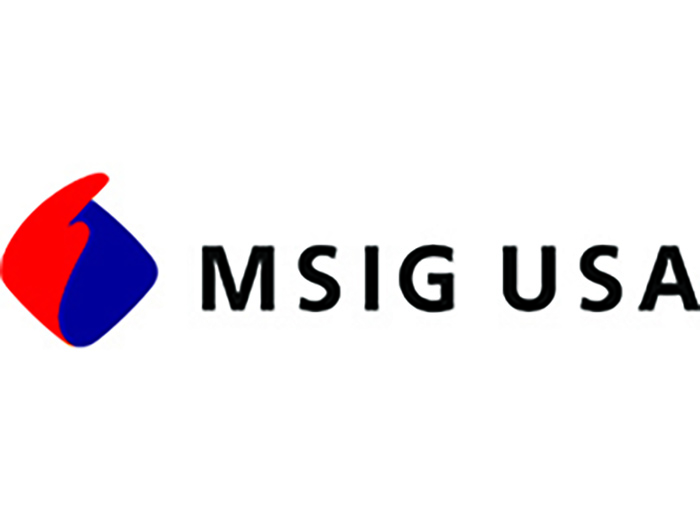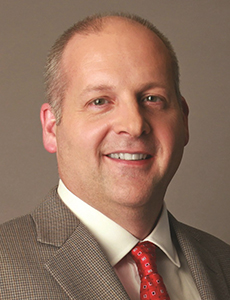After a Traumatic Workplace Incident, How Do You Address Behavioral Health?

After a traumatic workplace incident, it can be difficult for employees to return to work. Memories of the incident can cause them to avoid certain locations and can prevent them from completing seemingly ordinary tasks.
“I can’t imagine there’s anything more uncomfortable than returning to work after you’ve experienced some giant traumatic thing,” said Dr. Tyler Arvig, clinical director of business development at R3 Continuum.
During their session, “Please Come Back! Innovating Behavioral Health Workplace Reintegration,” at the 2019 National Workers’ Compensation and Disability Conference® & Expo, Arvig and Todd Kirchner, assistant claims manager at U.S. Bank, discussed the importance of behavioral health in return-to-work.
Their talk focused on the method the workers’ compensation team at U.S. Bank uses to manage behavioral health claims after bank robberies.
Low Frequency, High Cost Claims
For U.S. Bank, bank robberies were a low frequency claim, but they were driving a huge share of the company’s workers’ compensation costs due to their complex behavioral health components.
“These are the types of claims that develop into really large claims,” Kirchner said. “Robberies are triple what our other claims typically cost us.”
After realizing this could be big area for savings, the team at U.S. Bank partnered with R3 Continuum to develop a plan for tackling behavioral health head on and helping employees see return-to-work as a goal from the beginning of their claims.
“If you don’t get off on the right foot, it’s very difficult to get these kinds of claims under control,” Arvig said. “The conversation around return-to-work starts on day one.”
Working Together To Put Injured Workers First
Clear communication, finding the right provider and being open to accommodations have been the keys to success for U.S. Bank’s program.
At the beginning of a behavioral health claim, the team will initiate a “roundtable” discussion, in which psychologists, providers, case managers and the employer will come together to discuss a claim. This helps to make sure everyone is on the same page from the beginning.
The team at R3 Continuum also works with U.S. Bank to make sure each case has the right provider. During the talk, Arvig noted that it’s important for injured workers to see mental health practitioners who have experience treating their conditions and with whom they feel comfortable with.
“If I have a trauma case, I want someone who knows how to treat trauma. If I have an anxiety disorder case, I want someone who’s pretty darn experienced treating anxiety disorders,” Arvig said.
When an employee starts to feel ready for return-to-work, U.S. Bank works with them on accommodations, including reduced hours, changing locations and, in some cases, never being alone on the floor, that help them transition back to full duty.
When treating behavioral health issues like anxiety, modified return-to-work programs can make a huge difference for injured workers who often have the most difficult time on their first day back.
“Day one is the hardest day to go back to work, but if you can make it through day one, then two is going to be a little bit easier,” Arvig said. &










